Cavendish's thoughts turn to Milan-San Remo
Manxman relaxed but targeting a second win at La Primavera
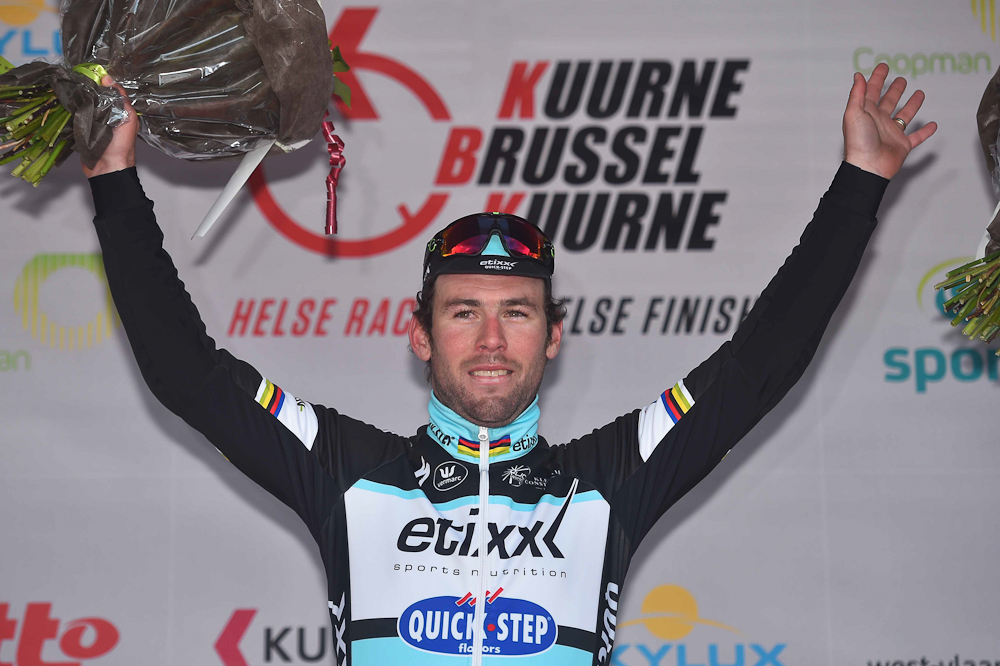
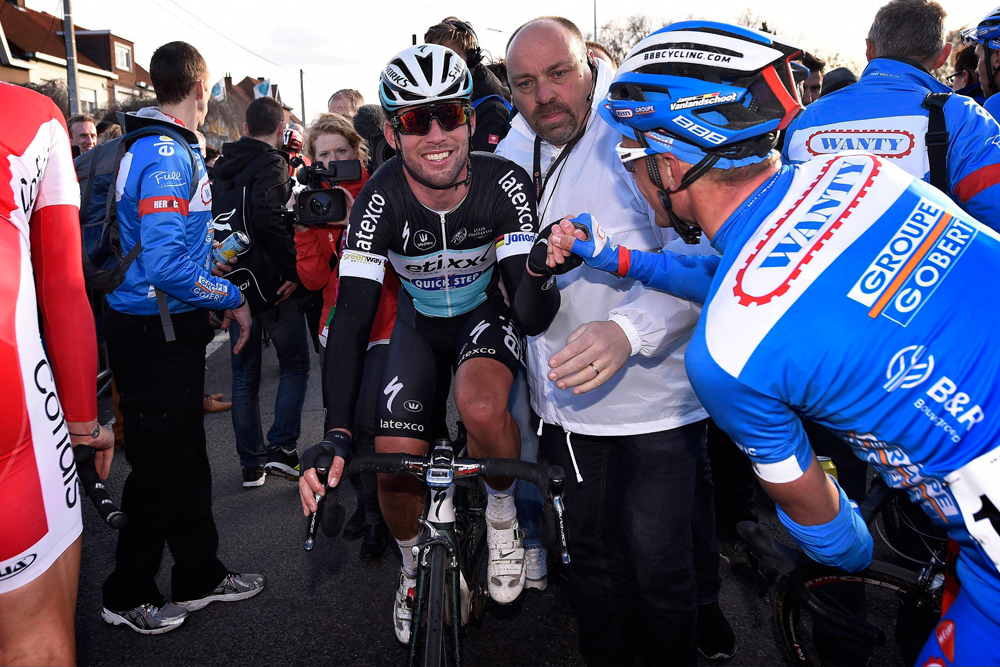
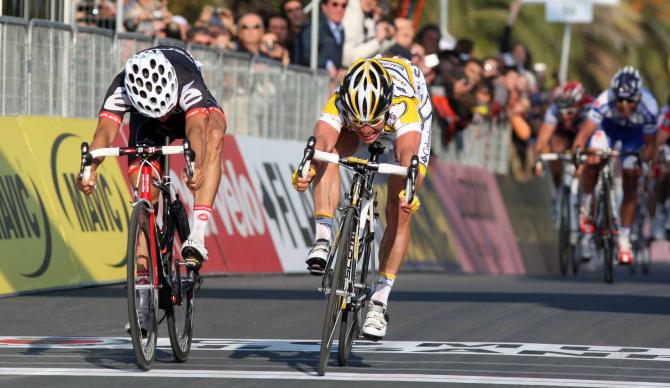
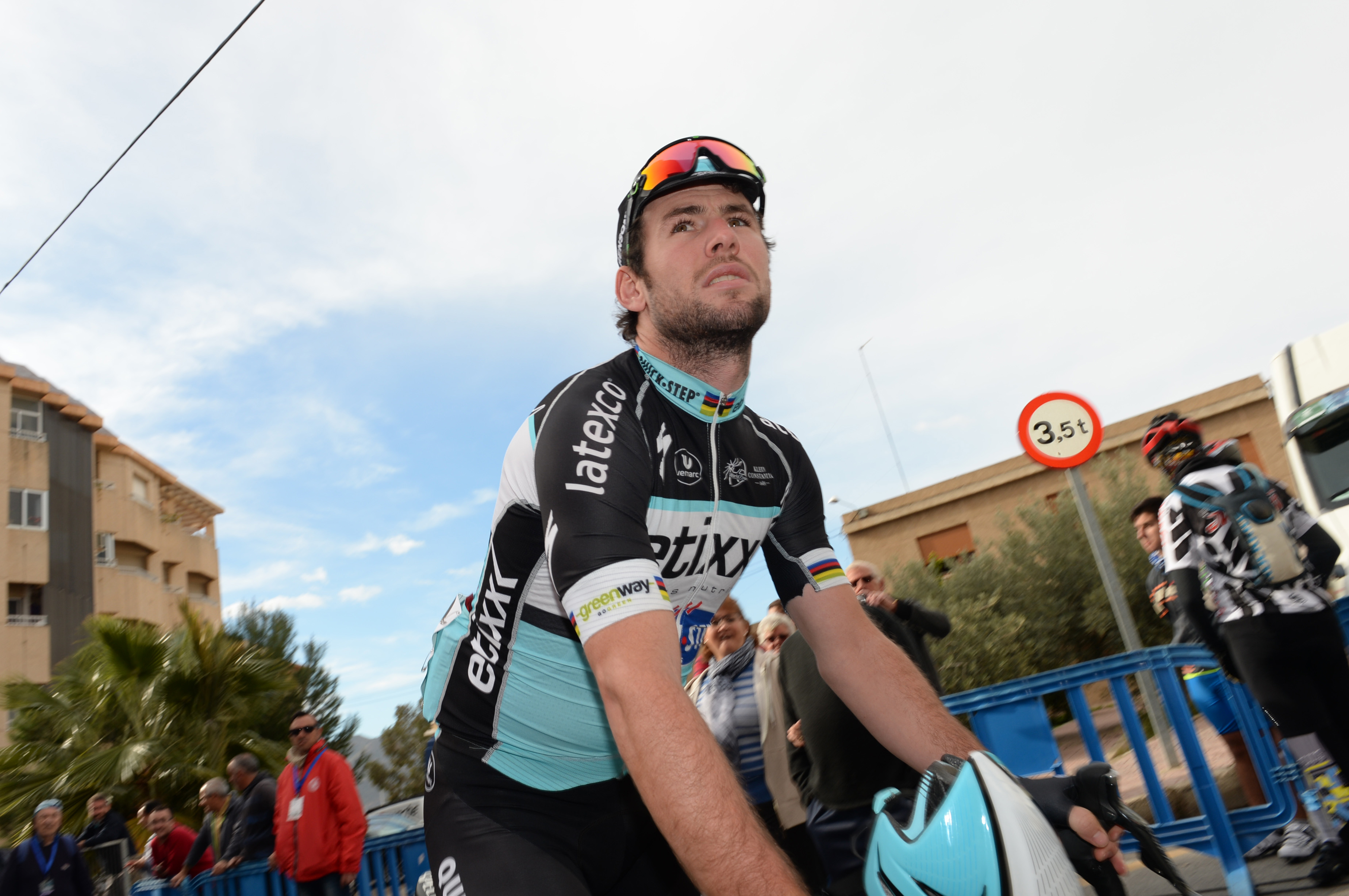
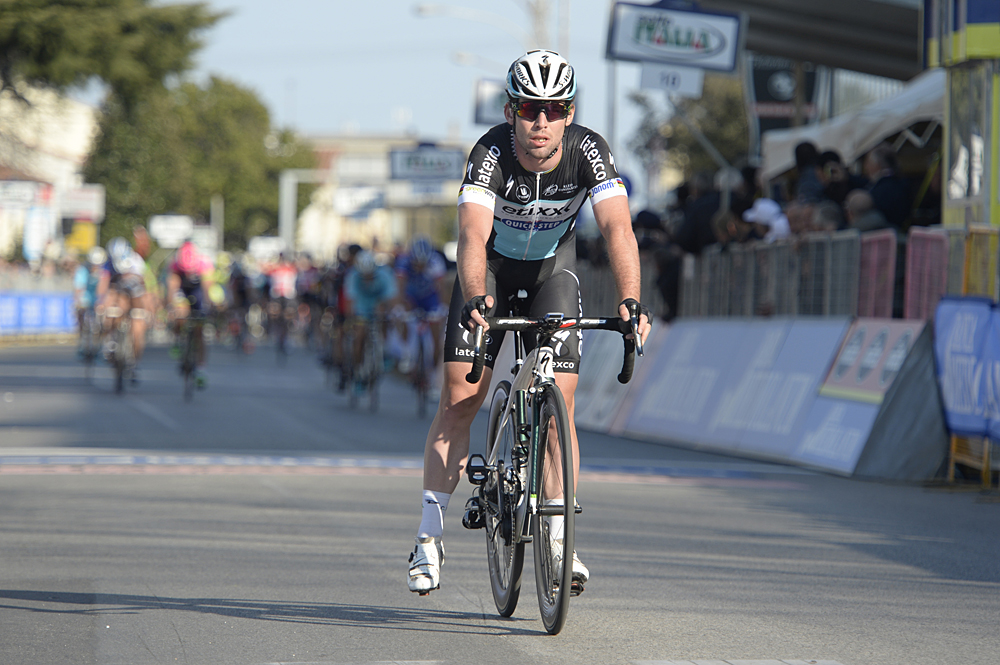
Mark Cavendish (Etixx-QuickStep) headed out for a recovery ride on Tuesday morning instead of taking part in the final time trial at Tirreno-Adriatico, his thoughts already turning to Milan-San Remo, the first big one-day Classic of 2015 and the first big goal of his season.
Cavendish preferred to pull out of Tirreno-Adriatico during Monday’s sixth stage after Tinkoff-Saxo split the peloton on a climb 80km from the finish. He and four teammates climbed off with 30km to go to avoid suffering any longer in the heavy rain.
“If I was I was in contention, I wouldn't have pulled out. There's no point in doing kilometres in the rain, it's better to go training today,” Cavendish told journalists at Tirreno-Adriatico in the team’s hotel in Casabianca di Fermo before his ride.
Cavendish admitted that the stomach virus that hit him hard during a sponsor trip to South Africa before Tirreno-Adriatico had left him unsure of his form and how well he will recover for Milan-San Remo.
“I really don't know,” he said. “In Tirreno, we were under the weather. This year wasn't a race you could ride into, it got harder and harder. It's harder to tell if I'm more tired from the race. Stopping yesterday gives me an extra day, which is still enough time to see where I'm at before the race.”
Is he nervous because of this?
“It's the way it is,” was his controlled reply.
Get The Leadout Newsletter
The latest race content, interviews, features, reviews and expert buying guides, direct to your inbox!
Cavendish won Milan-San Remo at the first attempt in 2009. He made it over the late climbs and the Poggio, and was able to close up on Heinrich Haussler in the final metres and beat him in the sprint. He has gone close in other editions and was fifth last year despite the late decision to target Milan-San Remo but prefers to look ahead to this year’s race than look back.
“I don't dwell over it. How I won it is more what I think about, we got everything right during the build-up and right on the day, it'd be nice to emulate that because it was a winning formula,” he said.
Cavendish was in a relaxed mood as he talked about Milan-San Remo. There were some moments of silence as he thought over his answers but he did not lose his composure, even when asked why he had not yet won a second Milan-San Remo.
“It's quite flattering to be asked why you haven't won again,” he replied, a scowl turning into a smile. “It's not easy to win San Remo, that's the simplest answer. As they say, it's the easiest race to finish, but the hardest to win. There's a handful of guys probably with a chance of winning, but more than a handful who believe that they have a shot of winning, which is different to any other race.”
With the finish now back in the legendary Via Roma, Cavendish is hopefully of taking a second victory on Sunday March 22.
“This finish is the San Remo I dreamt of when I was a kid,” he said. “All the greatest wins took place on Via Roma. I can remember watching Pozzato winning, I remember Freire winning.
“It's the only monument that is really for me in the beginning of the season, it's a goal for the beginning of the year for the sprinters, the sprinters who put their mind to it. Though it's not a sprinters’ race by any means. Even if it ends in a sprint, it doesn't mean that it's been an easy race, every person who sprinted in San Remo has earned the right to sprint there. So much so that you have to change your body type for it, it’s a different preparation than going to the Tour for sprints. You train differently.”
The race in bite-size chunks
Cavendish has no doubt trained more for the climbs and the efforts he needs to stay in the peloton on the Cipressa and Poggio. He revealed that he breaks down the 300km race into to bite-size chunks, comparing the race route to the rise in emotion of an opera.
“There's no secret to winning San Remo, you just have to get everything right for 300 kilometres,” he explained. “I just break it down into chunks, it's probably the easiest way to count down the kilometres. There's no comparison to a sprint lead out, it's completely different. You just don't have the sprinters lining up, you’ve got – out of the 200 – 120 [riders] lining up to be in the best position many times along the way. It's different.
“The first sprint comes through the first feed zone before the Turchino. On the descent, it doesn't really break up, it’s not enough to split the race unless like that day when there was a massive crash. If you are not in a good position, you can lose energy. If you are behind, it's enough to take your energy that you need for the finale.
“It builds like an opera [on the coast], it gets faster and faster, more tense and more tense. Then finally you hit the Capi and there's going to be one or two guys that go out the back, then a few more on Berta, a lot more on Cipressa, then finally, it’s a big spectacle on the Poggio – not most of the way up, but at the top. The last kilometre is the key moment.”
Despite the finish in Via Roma reducing the amount of flat road after the descent of the Poggio and the time in which to get back to the front of the peloton, Cavendish is hoping to sprint up the slightly rising Via Roma.
“I like the new finish, but I can't give away for what reasons,” he said mysteriously, refusing to explain how he plans to sprint up the Via Roma.
Not the big favourite
Cavendish is not considered the big favourite for this year’s Milan-San Remo due to his recent illness, but he seems to like it that way. With Zdenek Stybar and world champion Michal Kwiatkowski also in the Etixx-QuickStep team, the Belgian team will have several tactical options and won’t necessarily take control of the race and ride for a sprint finish.
“With how they rode yesterday, you have to look at Tinkoff-Saxo and Sagan. He's in good form, I've seen that. With the strength his team has, they are going to take control, I think,” Cavendish said, sending a clear message to his rivals.
“We have an incredibly strong team in Etixx-Quick Step. We have options, San Remo is open to so many types of riders. We have the versatility without compromise to be able to cover most situations that happen in the race this year.”
And is easy to combine ambitions?
“Yes, when you have the right team, it is,” Cavendish replied, dismissing a suggestion of possible alliances with other teams hoping for a sprint finish.
“There's no alliances in any race anymore. 90% [of teams] don't go to races to win, they go to races to try to make other teams lose,” he said. “It's kind of changed a bit, you can never rely on the others to think that they will sprint, you have to go in with the mentality of controlling the race yourself.”
As ever, Cavendish is focused on his own race, not that of his rivals such as 2014 winner Alexander Kristoff (Katusha) or fellow Briton Ben Swift (Team Sky).
“What they do is down to Katusha and Sky. Etixx-Quick Step will go in with our plan and try to do the best we can,” he said.
The weather and the risk of rain for this year’s Milan-San Remo are also irrelevant.
“It's down to the individual, if you think logically about it, it's the same for everyone. If it rains I'm happy, I'm on Shimano brakes this year for the descents. That's make me quite relaxed and confident.”

Stephen is one of the most experienced member of the Cyclingnews team, having reported on professional cycling since 1994. He has been Head of News at Cyclingnews since 2022, before which he held the position of European editor since 2012 and previously worked for Reuters, Shift Active Media, and CyclingWeekly, among other publications.